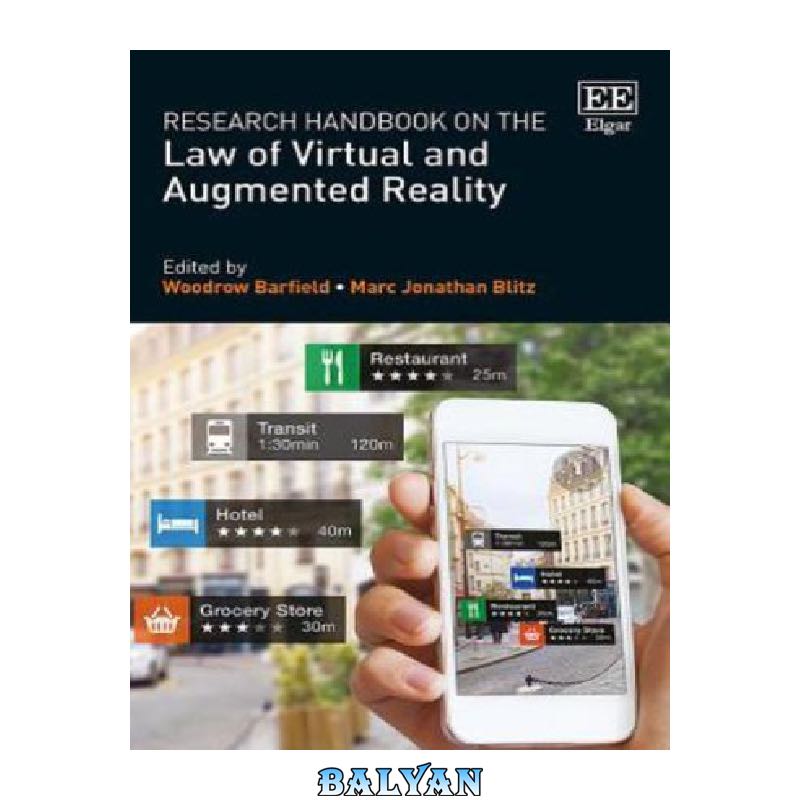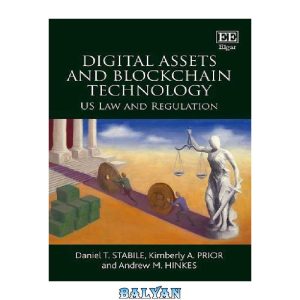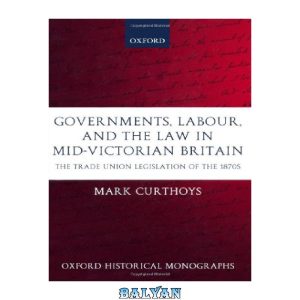The proliferation of virtual and augmented reality technologies into society raise significant questions for judges, legal institutions, and policy makers. For example, when should activities that occur in virtual worlds, or virtual images that are projected into real space (that is, augmented reality), count as protected First Amendment ‘speech’? When should they instead count as a nuisance or trespass? Under what circumstances would the copying of virtual images infringe intellectual property laws, or the output of intelligent virtual avatars be patentable inventions or works of authorship eligible for copyright? And when should a person (or computer) face legal consequences for allegedly harmful virtual acts? The Research Handbook on the Law of Virtual and Augmented Reality addresses these questions and others, drawing upon free speech doctrine, criminal law, the law of data protection and privacy, and of jurisdiction, as well as upon potential legal rights for increasingly intelligent virtual avatars in VR worlds. The Handbook offers a comprehensive look at challenges to various legal doctrines raised by the emergence – and increasing use of – virtual and augmented reality worlds, and at how existing law in the U.S., Europe, and other jurisdictions might apply to these emerging technologies, or evolve to address them. It also considers what legal questions about virtual and augmented reality are likely to be important, not just for judges and legal scholars, but also for the established businesses and start-ups that wish to make use of, and help shape, these important new technologies. This comprehensive Research Handbook will be an invaluable reference to those looking to keep pace with the dynamic field of virtual and augmented reality, including students and researchers studying intellectual property law as well as legal practitioners, computer scientists, engineers, game designers, and business owners.
ترجمه فارسی (ترجمه ماشینی)
گسترش فناوریهای واقعیت مجازی و واقعیت افزوده در جامعه سؤالات مهمی را برای قضات، مؤسسات حقوقی و سیاستگذاران ایجاد میکند. به عنوان مثال، چه زمانی باید فعالیتهایی که در جهانهای مجازی رخ میدهند، یا تصاویر مجازی که در فضای واقعی نمایش داده میشوند (یعنی واقعیت افزوده)، بهعنوان «گفتار» محافظتشده اصلاحیه اول محسوب شوند؟ در عوض چه زمانی باید آنها را به عنوان یک مزاحمت یا تجاوز به حساب آورد؟ در چه شرایطی کپی کردن تصاویر مجازی قوانین مالکیت معنوی را نقض میکند، یا خروجی آواتارهای مجازی هوشمند، اختراعات قابل ثبت یا آثار تألیفی واجد شرایط کپی رایت هستند؟ و چه زمانی یک شخص (یا رایانه) باید با عواقب قانونی برای اعمال مضر مجازی روبرو شود؟ کتاب راهنمای تحقیق در مورد قانون واقعیت مجازی و افزوده به این سؤالات و سؤالات دیگر می پردازد، با تکیه بر دکترین آزادی بیان، قانون کیفری، قانون حفاظت از داده ها و حریم خصوصی، و صلاحیت قضایی، و همچنین از حقوق قانونی بالقوه برای آواتارهای مجازی باهوش فزاینده. در دنیای VR این کتابچه نگاهی جامع به چالشهای مربوط به دکترینهای حقوقی مختلف را ارائه میکند که در اثر ظهور – و استفاده روزافزون از جهانهای واقعیت مجازی و واقعیت افزوده ایجاد شدهاند، و اینکه چگونه قوانین موجود در ایالات متحده، اروپا و سایر حوزههای قضایی ممکن است در مورد این فناوریهای نوظهور اعمال شوند، یا برای رسیدگی به آنها تکامل یابد. همچنین بررسی میکند که چه سؤالات حقوقی در مورد واقعیت مجازی و واقعیت افزوده احتمالاً مهم است، نه فقط برای قضات و محققین حقوق، بلکه برای کسبوکارها و استارتآپهایی که میخواهند از این فناوریهای مهم جدید استفاده کنند و به شکلدهی آن کمک کنند. . این کتاب راهنمای جامع تحقیقاتی مرجع ارزشمندی برای کسانی خواهد بود که به دنبال همگام شدن با حوزه پویای واقعیت مجازی و واقعیت افزوده هستند، از جمله دانشجویان و محققانی که حقوق مالکیت معنوی را مطالعه می کنند و همچنین متخصصان حقوقی، دانشمندان کامپیوتر، مهندسان، طراحان بازی و صاحبان مشاغل. .












نقد و بررسیها
هنوز بررسیای ثبت نشده است.